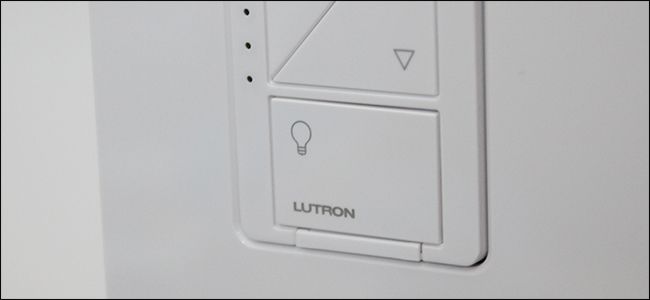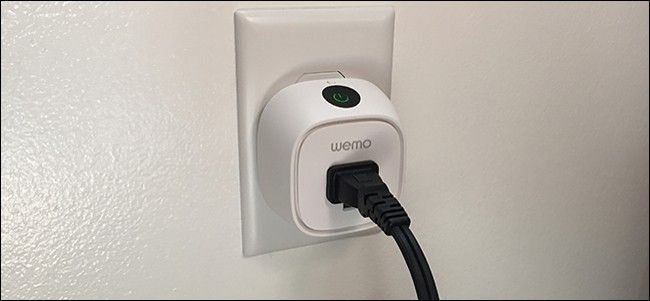Quick Links
A lot of smarthome devices connect via Wi-Fi, which is fine if you only have a handful of them installed. However, if you plan on decking out every room in your home with smarthome gear, be wary of Wi-Fi.
There's nothing wrong with Wi-Fi-based smarthome devices, but the more you install in your home, the more congested your Wi-Fi network can get. If you're just starting and are still slowly building up your smarthome, you don't have anything to worry about yet. However, if you ever plan to add smarts to every switch, outlet, light bulb, and every other device in your house, you may want to use something other than Wi-Fi, and here's why.
Wi-Fi Has Its Limits
Wi-Fi sure seems like a magical technology with limitless possibilities, but it's not invincible. It has limitations you should consider.
A Wi-Fi router can theoretically support up to 255 connected client devices. But, even though it's possible to connect 255 devices to your router, it's not even close to practical. Not only would all of those devices be competing for bandwidth on your single internet connection, but all of your Wi-Fi devices would be interfering with each other to the point that nothing would get a good wireless connection.
Granted, you'll probably never get to the point where you have that many devices connected to your home network. But, if you convert every switch, outlet, and light bulb to a Wi-Fi-enabled smart version, you might end up getting very close to hitting that 255 number, depending on the size of your house. And that's not even counting your phones, laptops, streaming boxes, and more.
Wi-Fi 6 could fix the congestion issue once hardware supporting this new standard appears later in 2019, but you'll still deal with the device quantity limitation. The fewer devices you have, the better.
Stick to Z-Wave or ZigBee for Lights, Switches, and Outlets
It's completely okay to stick with Wi-Fi for smarthome devices like the thermostat, video doorbell, voice assistants, and more (plus, you don't have a choice there, as most of these devices are Wi-Fi only). However, if you're going to plaster your entire house with smart bulbs for every single light fixture, it's best to use a different wireless protocol, like Z-Wave or ZigBee.
For starters, these protocols don't interfere with Wi-Fi, which will cut down on congestion overall. Furthermore, since Z-Wave and ZigBee devices require a hub that they all connect to, the number of devices on your network goes down significantly. So even if you install 20 Z-Wave light switches in your house, they all connect to your one smarthome hub. Your Wi-Fi router sees that as just one device on your network.
For example, you could buy 20 of these Kasa light switches from TP-Link, which each connect to Wi-Fi individually and are seen as 20 separate devices on the network. Or you could buy a Lutron Caseta kit that comes with a hub and a switch, and then 19 add-on switches. These don't use Z-Wave, but rather a proprietary radio frequency. Still, even though you have 20 installed, your network only sees them as one device, since the hub is the only thing that connects to your router.
If You Only Have a Few Devices, Don't Sweat It
While I still recommend using Z-Wave or ZigBee for small things like switches and outlets, it's not a huge deal if you're only outfitting your house with just a small handful of smarthome devices---maybe a switch here and there, or some smart lights in only your bedroom.
Plus, for the average consumer who might not know a lot about smarthome, it's a lot easier to set up Wi-Fi-based devices anyway. But, as you become more experienced and expand your smarthome, you'll discover that hub-based devices are the way to go for a lot of the smaller stuff, and many companies make it easy to set up hubs and connect devices to them.





